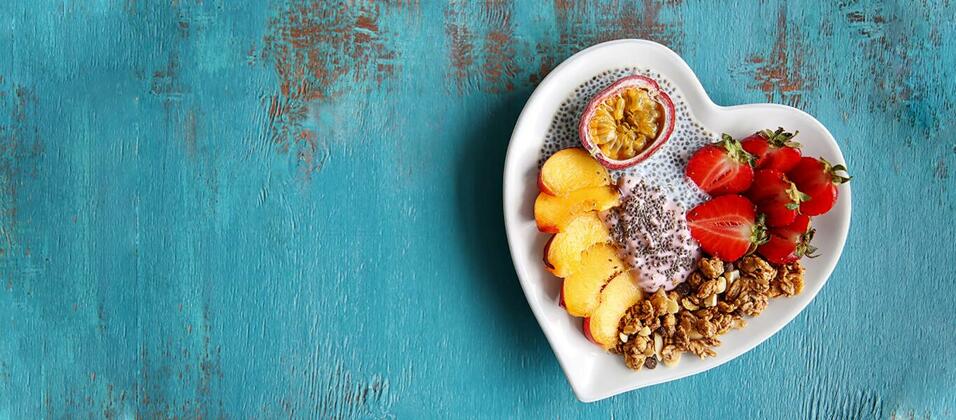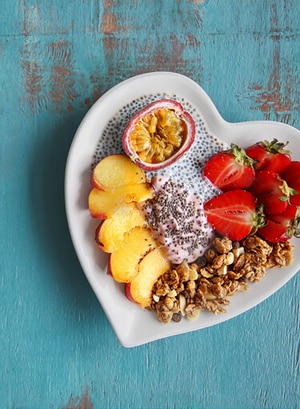- My Ramadan
- Recipes
- Nutrition And Health
-
Brands
- Aero
- COFFEE-MATE®
- CRUNCH® CEREALS
- Cocoa Puffs®
- Fitness Toasties
- illuma 3
- KLIM®
- MAGGI®
- NAN® 3
- NESCAFÉ®
- NESQUIK®
- Nestle® CERELAC®
- Nestle® Pure Life®
- NIDO® PLUS
- PROGRESS KIDS GOLD
- SMARTIES®
- COUNTRY CORN FLAKES®
- CHOCAPIC®
- COOKIE CRISP®
- HONEY CHEERIOS®
- KITKAT®
- LION® CEREAL
- NESCAFÉ® Dolce Gusto®
- NESQUIK® CEREALS
- Nestle® FITNESS®
- NESTLÉ® DESSERT SOLUTIONS
- NIDO® FORTIFIED
- PROMISE PE GOLD
- Perrier®
Truths about cooking eggs!
Omelet, hard-boiled, poached, scrambled or fried – eggs when cooked well can be a delightful, healthy meal. They are naturally high in nutritional value, a rich source of protein and very nourishing for your family, especially your children.
However, if not handled or cooked properly eggs can become a perfect medium for carrying and breeding Salmonella bacteria that can cause you to become sick. This is why it is absolutely essential to store them properly and cook them well.
To start you off, here are a few pointers about Salmonella and its unpleasant effects:
Where is Salmonella found?
The Salmonella bacteria are commonly found in animals, especially birds. It’s not only found inside the egg but also on the outer shell. It can cause a type of food poisoning known as Salmonellosis, within 12-72 hours after you have eaten the contaminated food. The symptoms of this illness can include headache, chills, fever, stomach cramps, vomiting and diarrhea.
Who are the most vulnerable to Salmonellosis?
People who consume raw or undercooked eggs can be at risk of getting Salmonellosis. Babies and young children, the elderly, pregnant women (because of the risk to the foetus) and people with an illness or weak immune systems are considered to be at high-risk for getting Salmonellosis.
How to prevent Salmonellosis?
Salmonellosis can be prevented by cooking the eggs thoroughly, hand washing and cleaning all utensils after handling raw eggs and consuming foods that are prepared from Hard-cooked eggs.
Should I avoid using eggs in my cooking?
Not necessarily, but make sure you always cook eggs until the white and yolk are firm. If the eggs are to be used in a recipe with other food items such as milk or sugar, cook the egg mixture (either by heating or baking in the oven) to a minimum of 72 degrees Celsius, which will then destroy any harmful bacteria in a few seconds.
What are the foods at risk?
Homemade foods that can cause you to get Salmonellosis include Caesar salads, ice cream and mayonnaise since raw eggs are used in their recipes. You should also avoid licking the bowl when you make Tiramisu, cake and cookie batter. Commercial forms of these products are safe to serve since they are made with pasteurized liquid eggs.
How should I cook eggs?
Many cooking methods can be used to cook eggs safely:
| Hard- cooked eggs |
These are also called hard-boiled eggs and are a safe option for everyone to eat. You can easily cook these eggs by placing them in a single layer in a pan with enough cold water to cover them completely. Bring the water to a boil, and then put on low heat for 15 to 20 minutes. Place under running, cold water to cool. Good to know: To tell if an egg is raw or hard-boiled, spin it! If the egg spins easily, it is hard-boiled but if it wobbles, it is still undercooked. |
| Fried Eggs |
Heat or grease a skillet at medium heat. Break eggs and reduce heat to low. Cook 2 to 3 minutes on each side or 4 minutes in a covered pan, until the whites are completely set and the yolk thickens. TIP: To know if your skillet is at the desired temperature, add a drop of water, it should sizzle. |
| Scrambled Eggs |
A similar method to frying eggs, you beat your eggs in a bowl then pour into the skillet and cook until they are firm throughout. TIP: Scrambled eggs should not be runny. |
Is it safe to feed my children soft-cooked eggs?
No. Although soft-cooked eggs are cooked in the shell in boiling water, the yolk would still be soft and runny and therefore can be considered unsafe to be consumed.
Is the green tint covering the yolk of hard-boiled eggs safe to eat?
Yes, it is safe to eat. This green colour is caused by overcooking the egg and is due to the high amounts of sulphur and iron reacting with the surface of the yolk.
Can I cook eggs in the microwave?
You shouldn’t. Eggs micro-cooked in their shells will explode. Even the egg mixture might explode because the rapid heating causes a build-up of steam.




